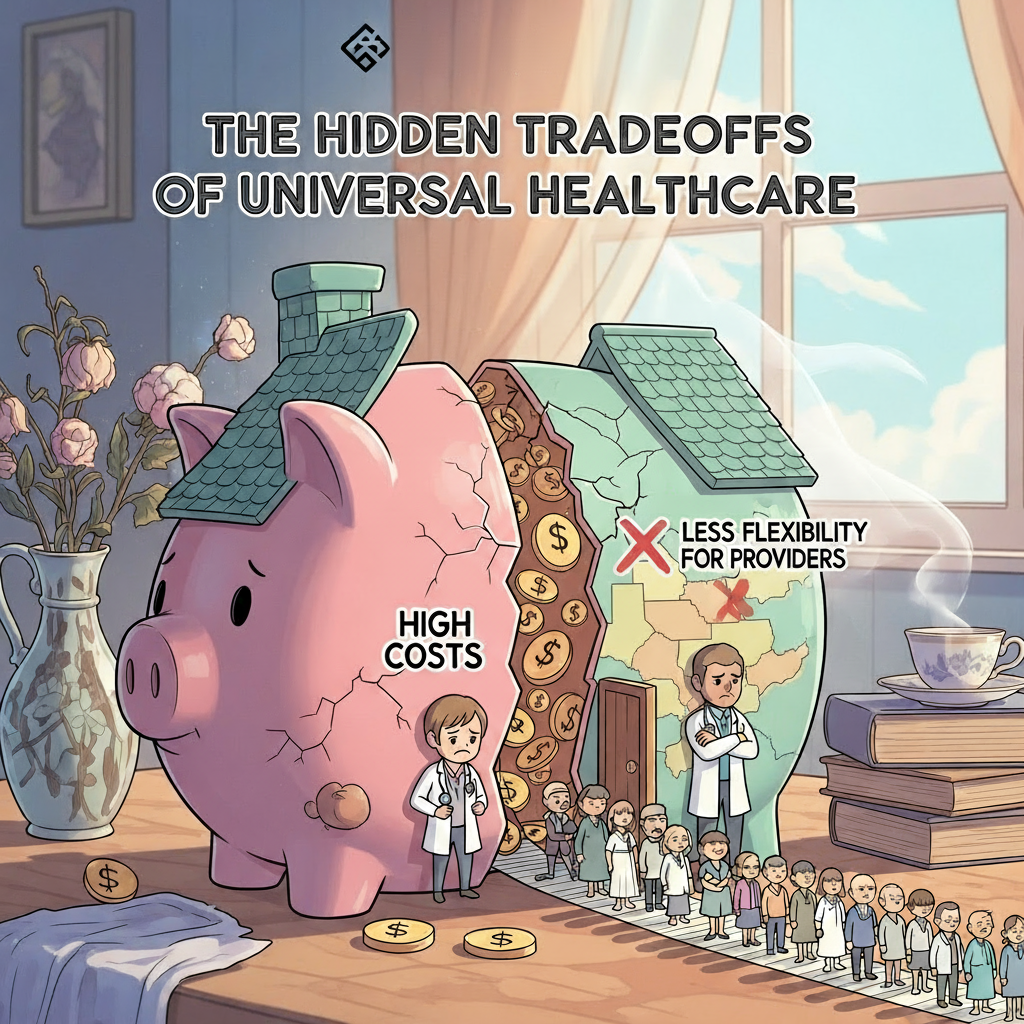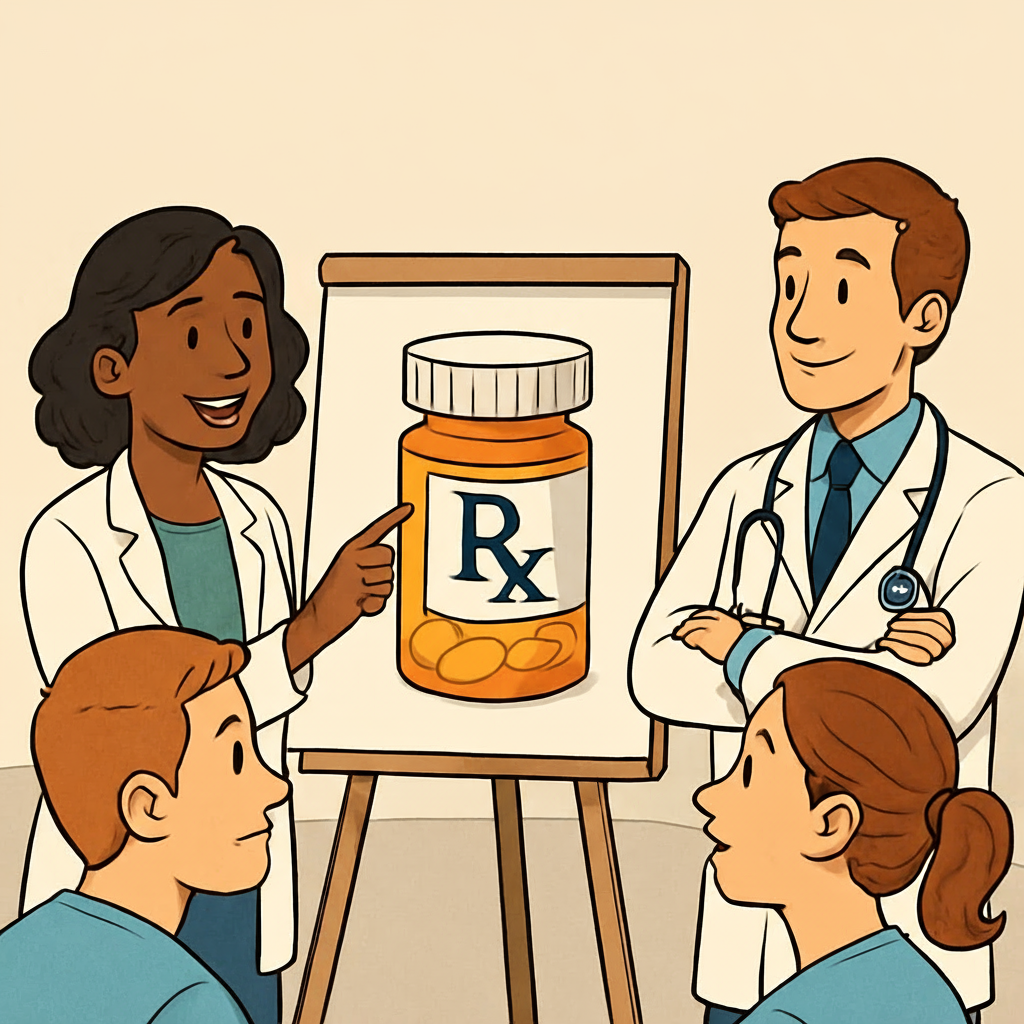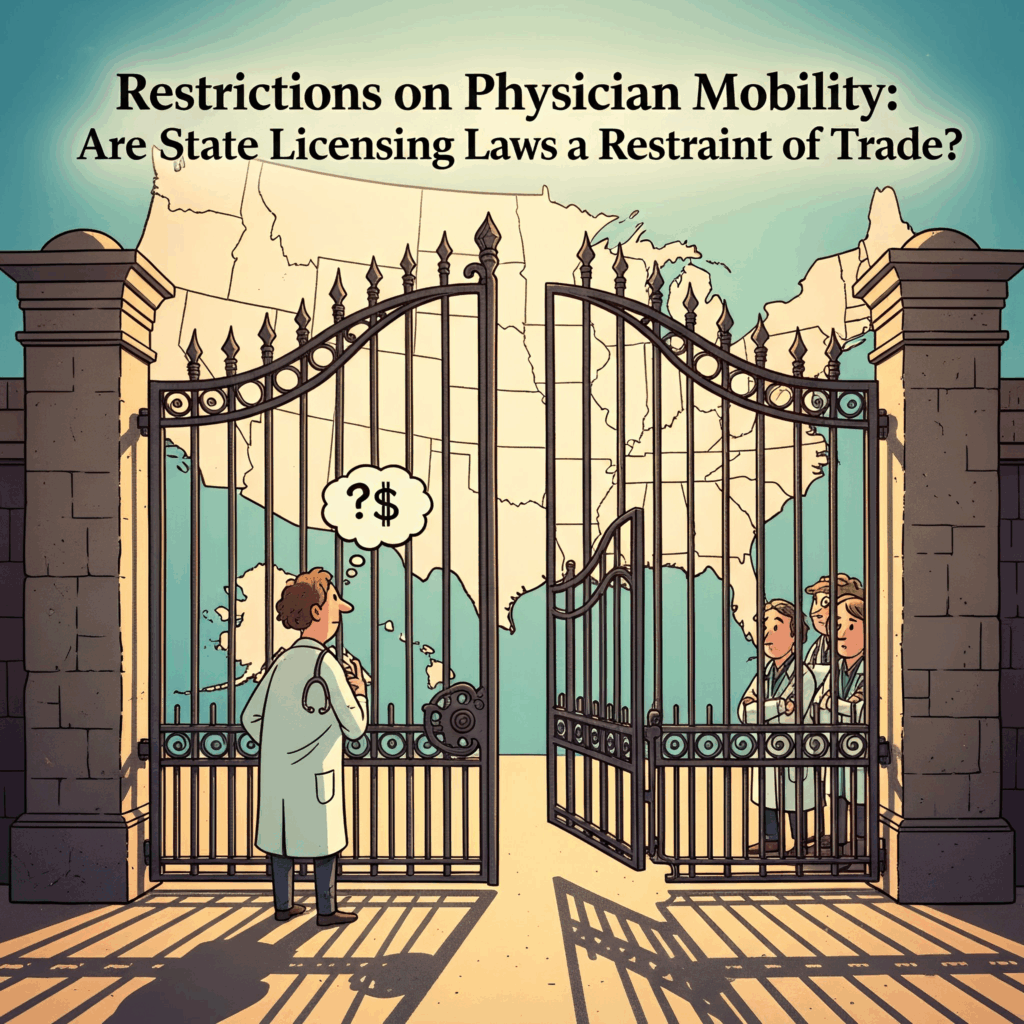
The Hidden Tradeoffs of Universal Healthcare
Doug Jorgensen
March 7, 2025
Introduction: The Other Side of the Promise
Universal healthcare has a powerful appeal—everyone covered, no one left behind.
And in many ways, it delivers on that promise. But every system, no matter how noble its mission, comes with tradeoffs.
The question isn’t whether universal healthcare works—it’s whether we understand and accept the compromises that come with it.
What “Universal” Really Means
Universal healthcare ensures that every citizen (and often permanent resident) has access to a baseline set of medical services.
- Funding comes primarily from taxes.
- Delivery can be public (government-owned facilities) or private (independent providers paid by the government).
- Coverage focuses on essential services—but “essential” is defined by the system, not the patient.
The Tradeoffs No One Likes to Talk About
1. Rationing of High-Cost or Specialized Care
In a system with finite resources, every dollar spent in one area is a dollar not spent elsewhere.
This can lead to:
- Delayed access to cutting-edge treatments
- Strict criteria for expensive procedures
- Limited availability of advanced drugs until they become cheaper
2. Longer Wait Times for Non-Urgent Care
Urgent and emergent cases get priority, which makes sense. But elective surgeries, diagnostic imaging, and specialist consultations may be delayed by weeks or months.
3. Geographic Disparities
Even with national coverage, rural or remote areas may have fewer specialists and longer travel times for advanced care.
4. Less Flexibility for Providers
Government reimbursement rates are often lower than private market rates, limiting provider income and sometimes discouraging certain specialties.
5. Limited Personalization
Treatment protocols are standardized to maximize efficiency and fairness—but what’s efficient for the system may not always feel personalized for the patient.
Why These Tradeoffs Exist
Universal systems operate under a fixed national budget.
To stay within that budget:
- Treatments are prioritized by cost-effectiveness
- Non-urgent care is scheduled around urgent demand
- High-cost interventions are subject to strict eligibility guidelines
It’s not unlike managing a household budget—except the “household” is an entire nation.
The Upside of the Tradeoffs
While the compromises are real, they come with counterbalancing benefits:
- No financial barriers at the point of care—no surprise $3,000 ER bills.
- Broader access to preventive services, which reduces long-term costs and improves population health.
- Greater equity—income or job status doesn’t dictate whether you can see a doctor.
Lessons for the United States
If the US were to move toward a more universal model, we’d need to:
- Be transparent about potential wait times and coverage limits.
- Build capacity or enhance existing program (e.g.: FQHCs) in rural and underserved areas before rollout.
- Maintain avenues for private or supplemental insurance for those who want faster or expanded access.
Final Thoughts: Clarity Over Ideology
Universal healthcare isn’t a magic wand—it’s a system of tradeoffs. One option could be to provide basic healthcare universally, while more advanced treatments remain within the private sector. Another approach might involve implementing personalized or family-based “health budgets.”
The real debate shouldn’t be “universal or not,” but what kind of universal system, and how do we manage the compromises?
If we can have that conversation honestly, we can design a system that protects access without sacrificing too much flexibility. While these subjects are difficult to discuss, our nation must improve how it serves and protects the health–not the ‘healthcare’–of its citizens.
About the Author
Douglas J. Jorgensen, DO, CPC, FAAO, FACOFP
Dr. Doug is a physician, consultant, and national educator on healthcare policy and regulatory compliance. He brings real-world insight to the complex tradeoffs in healthcare reform debates.


